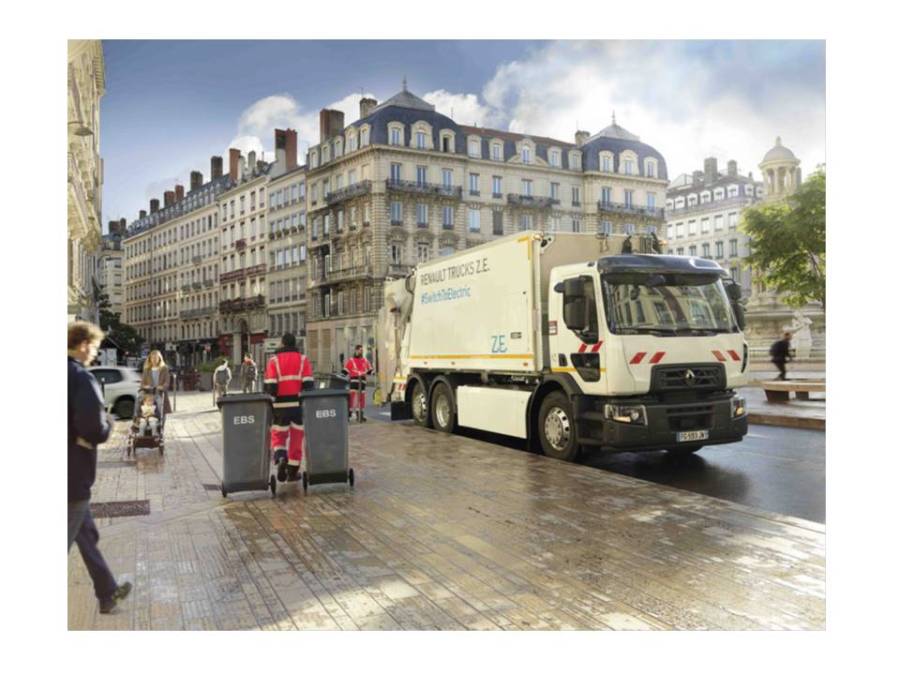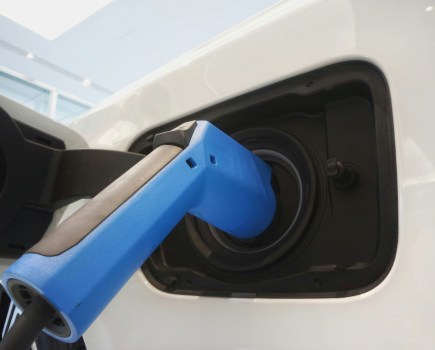Lyon Metropole has been handed the keys to a 100 per cent electric 26-tonne Renault Range D Wide
ZE refuse collection vehicle – the first of the second generation of Renault’s electric trucks.
Made in the manufacturer’s Blainville-Sur-Orne plant in Normandy, the vehicle was put into service in Meyzieu within the Lyon metropolitan area in June.
Renault said it is backing electromobility as the answer to the problematic issue of air quality and noise pollution in urban areas, and one of the solutions to reducing global CO2 emissions.
“Electric mobility is at the core of the energy strategy we have implemented to meet EU regulations aimed at significantly reducing the CO2 emissions of vehicles over 16 tonnes,” said Renault Trucks CEO, Bruno Blin.
This Range D Wide ZE refuse collection truck is the first pre-production vehicle of Renault’s range of electric trucks, which is due to be launched onto the market at the end of 2019.
Renault said refuse collection is an application for which electrical technology is particularly well suited.
The operating cycles of refuse collection vehicles include a good deal of stopping and restarting (300 to 800 times for each collection round), resulting in high fuel consumption and significant dust and particle emissions linked to the rapid wear of the braking system.
As electric vehicles mainly use their engines to slow down, use of brakes and the production of related emissions are both reduced.
For a Euro 6 truck, particulate emissions linked to abrasion (the wear of tyres and brakes) are higher than emissions linked to fuel use.
The 26-tonne D Wide ZE features an electric engine in the wheelbase which provides the interface between the truck and its equipment.
The vehicle has been converted by Faun Environnement, which coupled a hydraulic pump to the standard interface to poer the refuse collection system.
Faun Evironment optimised both the bodywork and its mass to compensate for the weight of the batteries.
The bodywork specialist also altered the hydrauliccircuit to reduce noise levels and soundproofed the rear section to confine the noise created by falling waste to within the trailer.
These changes have enabled noise levels to be reduced by 3 db.






